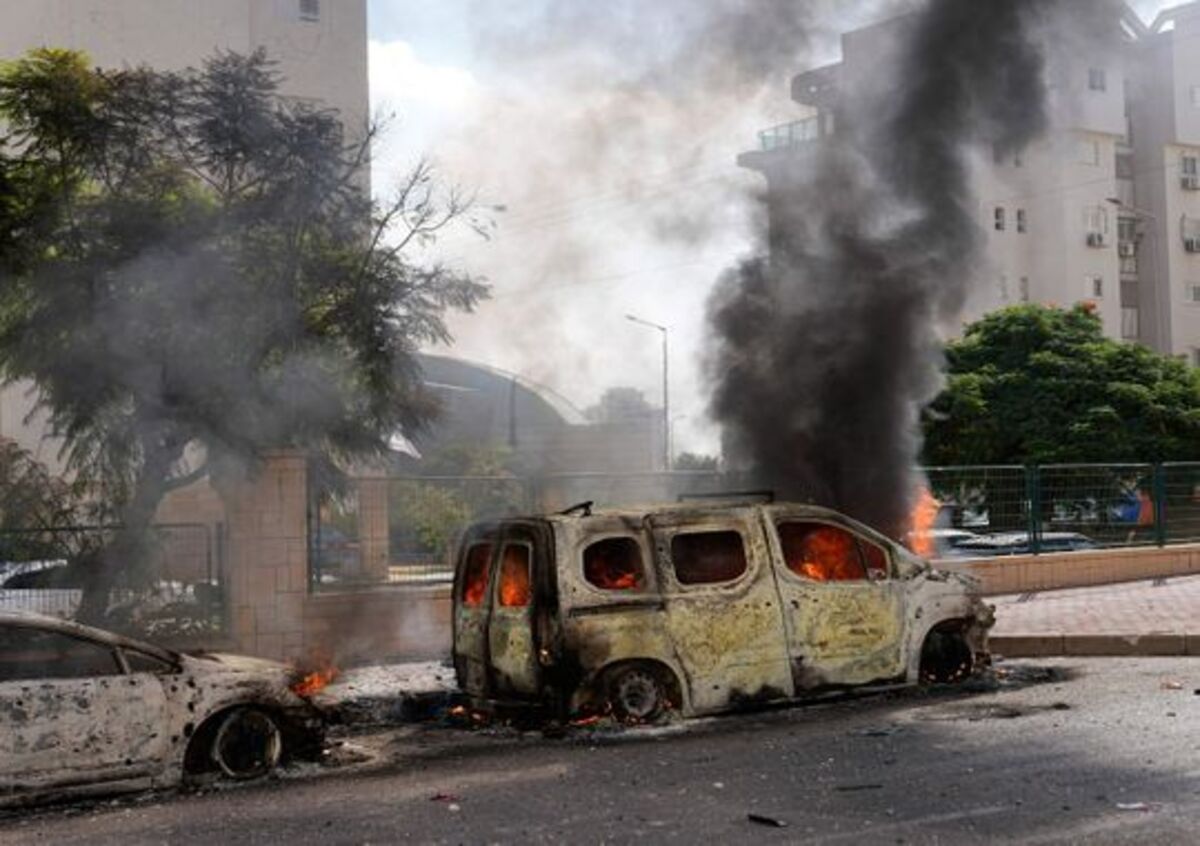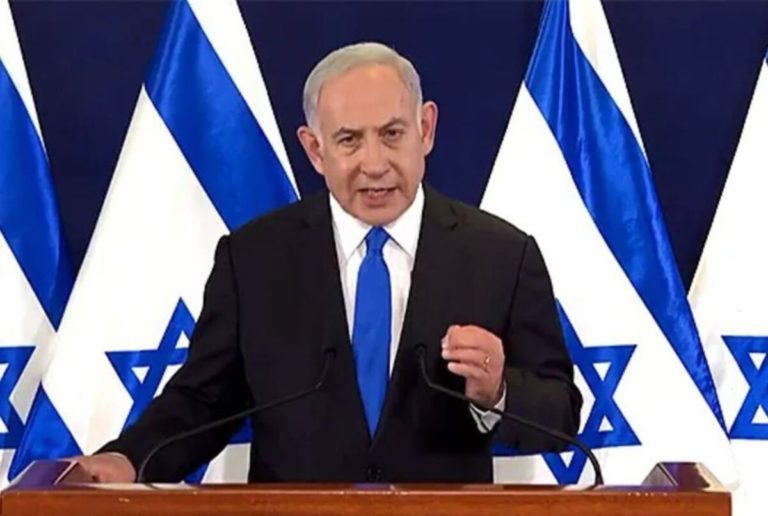Hamas Kills 40 in Bold Attack on Israel: Netanyahu Declares War
In an unprecedented attack against Israel, the ruling Hamas militant group in the Gaza Strip launched thousands of rockets and sent fighters infiltrating the heavily fortified border via air, land, and sea on a significant holiday. The unexpected attack caught the nation off-guard, resulting in numerous casualties and widespread anarchy.
Several hours after the invasion began, Hamas militants were still engaged in gun conflicts within several Israeli communities, a surprising display of strength that left at least 40 people dead and hundreds injured. Approximately 561 injured individuals, including 77 in critical condition, flooded Israel’s hospitals.
While there was no official statement regarding casualties in Gaza, reports indicated an increasing mortality toll among both combatants and civilians. Videos of Hamas fighters parading seized Israeli military vehicles and disturbing footage of an Israeli soldier being dragged and trampled by a Palestinian mob were shared on social media.
Hamas also released videos depicting the capture of at least three Israelis, while the Israeli military refrained from disclosing detailed casualty or kidnapping information as they continued to confront the infiltrators.
Benjamin Netanyahu, the prime minister of Israel, proclaimed the situation to be a war, as opposed to an operation or a round of conflict, and vowed that Israel would respond with unprecedented force.
The assault occurred on Simchat Torah, a typically joyous Jewish holiday reminiscent of the 1973 Mideast War, which began on Yom Kippur, another important Jewish holiday. The attack’s unexpectedness prompted criticism of Netanyahu and his government for failing to anticipate the level of planning and coordination behind the Hamas assault.
In response to the thousands of rockets launched by Hamas, Israel retaliated with airstrikes over Gaza. Hamas fighters infiltrated Israel using paragliders and multiple entry locations, resulting in gun battles.
While the precise reason for Hamas’s assault remained unknown, escalating tensions in the region, such as increased Israeli settlement construction in the West Bank and violence by Israeli settlers, contributed to the volatile situation. Mohammed Deif, the enigmatic leader of Hamas’ military wing, declared the assault under the codename “Operation Al-Aqsa Storm,” a reference to the revered Al-Aqsa mosque complex in Jerusalem.
The Western nations condemned the incursion and expressed their support for Israel, while others urged restraint on both parties.
The assault occurred at a time when Israel was internally divided over proposed judicial reforms by Netanyahu, leading to mass protests and concerns about the military’s preparedness.
The infiltration of Hamas militants into southern Israel exacerbated tensions and compelled residents to seek refuge in safe rooms. In addition, it raised concerns about the efficacy of Israel’s border security measures.
The assault threatened Netanyahu’s reputation as a security expert and raised concerns about the stability of a country facing multiple security challenges, including threats from Hezbollah in Lebanon.
Since 2007, Israel has maintained a blockade on Gaza, resulting in devastating economic repercussions for the territory’s residents and ongoing conflicts between Israel and Hamas.
In addition to the situation in Gaza, heavy combat was also taking place in the West Bank, further escalating tensions in the region. Late in September, international mediation temporarily quelled the unrest in the West Bank, but this attack reignited it.
Also Read:




